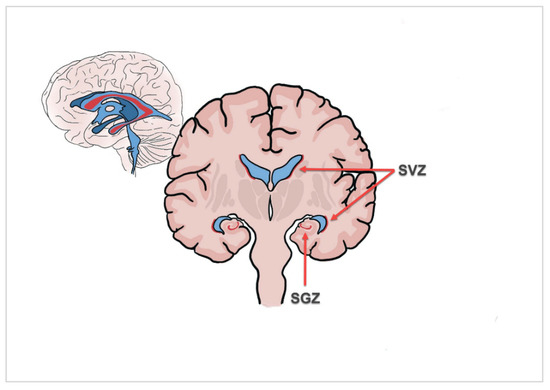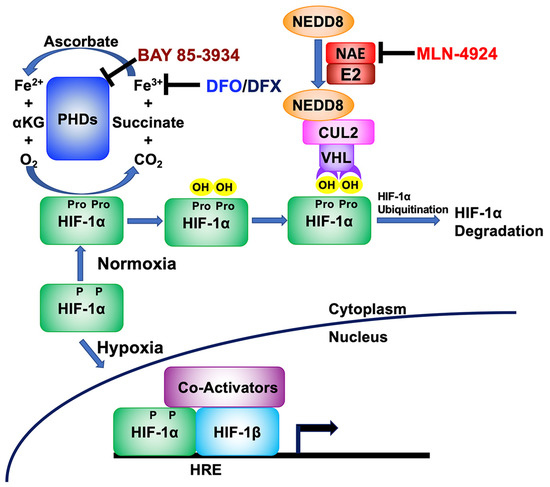Cancers 2023, 15(6), 1723; https://doi.org/10.3390/cancers15061723 - 11 Mar 2023
Cited by 1 | Viewed by 2904
Abstract
►
Show Figures
Although CA 19-9 is a commonly used tumor marker in the management of PBMs, the literature describing outcomes in patients with PBMs who have undetectable or low (hereinafter “low”) CA 19-9 levels remains scarce. In this study, we sought to compare clinical features
[...] Read more.
Although CA 19-9 is a commonly used tumor marker in the management of PBMs, the literature describing outcomes in patients with PBMs who have undetectable or low (hereinafter “low”) CA 19-9 levels remains scarce. In this study, we sought to compare clinical features and outcomes in patients with PBMs and low CA 19-9 levels to those with normal and elevated CA 19-9 levels. Methods: We retrospectively collected data on patients with biopsy-confirmed PBMs and stratified patients into categories based on their CA 19-9 level at diagnosis. Survival curves were estimated for patients in each of the three aforementioned CA 19-9 groups using the Kaplan–Meier method and compared using a Cox proportional hazards regression model. Results: Of the 283 patients identified, 23 (8.1%) had low, 70 (24.7%) had normal, and 190 (67.1%) had elevated CA 19-9 levels. After controlling for sex, age, BMI, the presence of metastases at the time of diagnosis, and treatment with curative intent, the hazard ratio for death in the elevated CA 19-9 group compared to the low CA 19-9 group was 1.993 (95% CI 1.089–3.648; p = 0.025). Conclusion: The elevated CA 19-9 level compared to the low CA 19-9 level and the presence of metastases were associated with an increased hazard of death, while treatment with curative intent was associated with a decreased hazard of death.
Full article











